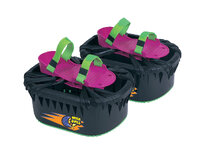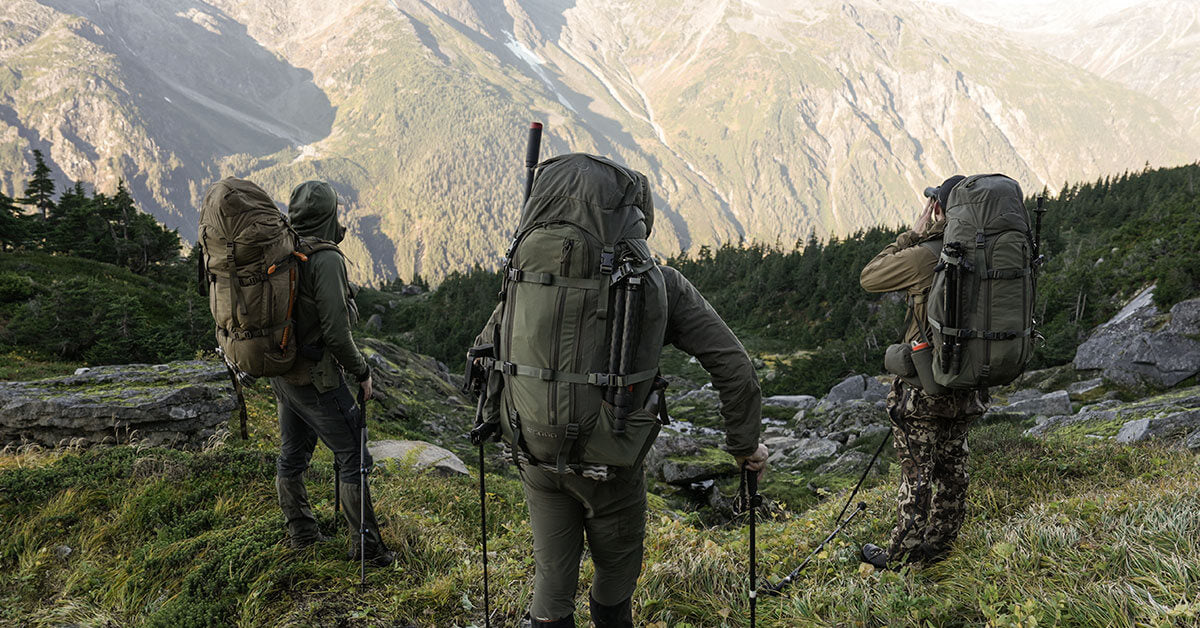A couple others alluded to something along these lines, but to throw another bit of advice in there, look up Dan John and Mike Prevost.
Dan John recommends starting pretty light and says that for general fitness, there is no reason to go over 30 pounds, and it likely does more harm than good. He does recommended frequent loaded carry work at bodyweight (like, half your bodyweight in a dumbell x each hand farmer carry) and even higher, for a few laps across the gym or maybe up to 100 yards.
Prevost’s rucking material starts out crazy light, works up pretty slow. And has very heavy loads mixed in for 5-10 minute intervals.
So, definitely plenty of experts recommending the vast majority of work volume should be fairly light.
I’m also a Ranger School grad(also took me a couple more months than advertised, lol), and the majority of my training before going was 35-45 pound packs. Even with the daily meat-pack-out-equivalent weights, I adapted pretty well to those loads once I was there.
I don’t know about spinal injuries other than plenty of guys I’ve known in the military being diagnosed with pinched or slipped discs and things like that. Maybe the VA has the data? Might just take some digging.



